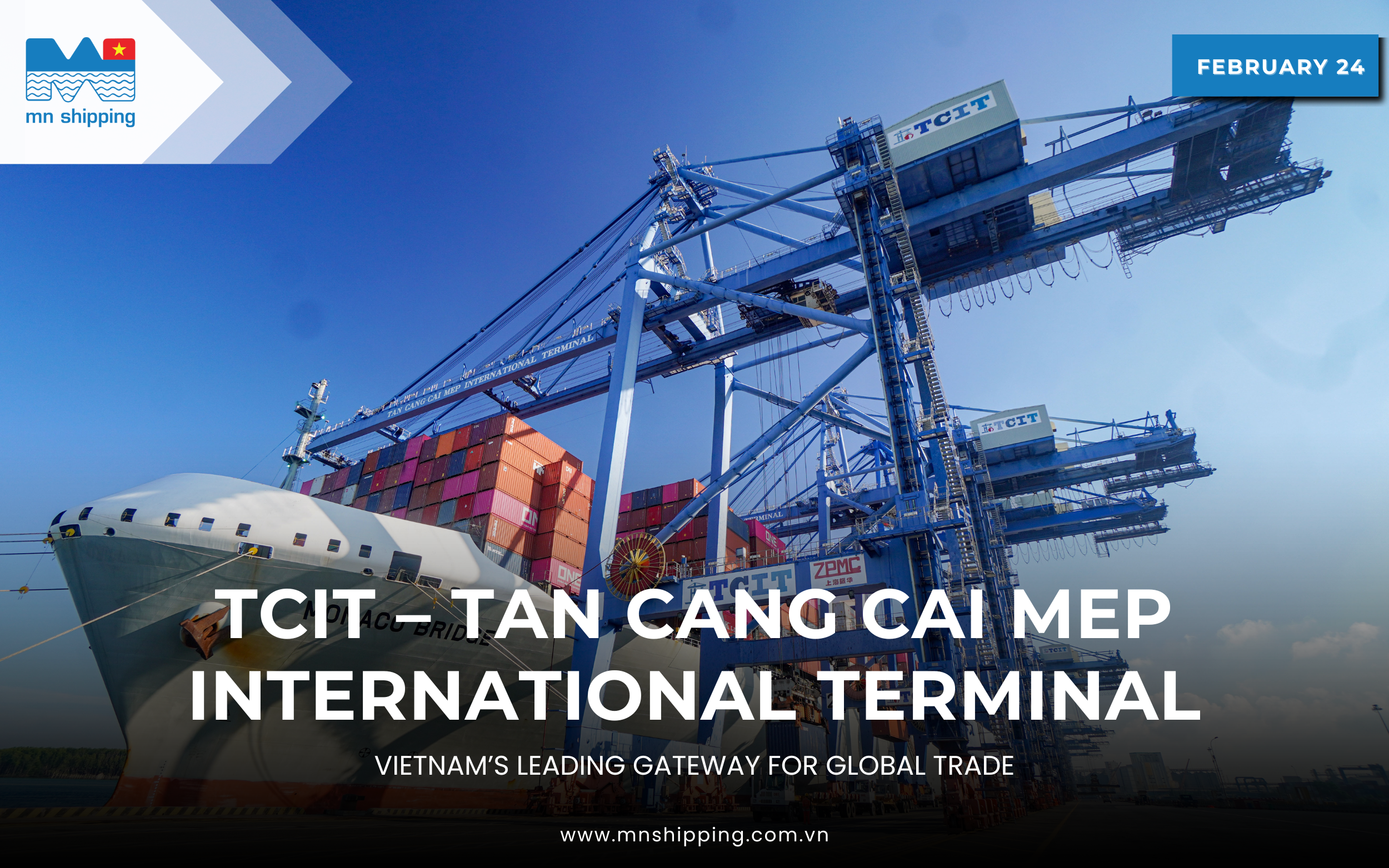The global freight forwarding industry is witnessing significant consolidation as major ocean carriers gain dominance. This trend is driven by the growing influence of top shipping lines and increasing pressure on small and medium-sized forwarders.
The Dominance of Major Ocean Carriers
At the TPM25 conference by S&P Global, experts discussed the rapid growth of the top 10 ocean carriers, which now control approximately 75% of the shipping market. In 2017, this figure was just 65%, highlighting the accelerating concentration of power in the industry. The combined fleet capacity of the top three carriers—MSC, Maersk, and CMA CGM—now exceeds 19 million TEUs, further squeezing smaller players out of the market.
Many freight forwarders without sufficient influence are being overshadowed by major shipping lines, leading shippers to question the capacity guarantees of non-vessel operating common carriers (NVOCCs). This is particularly concerning as global containerized trade is expected to grow by only 2.1% in 2025, down from an average of 4% in previous years.
The Growing Consolidation Trend in Freight Forwarding
Stephanie Loomis, Head of Ocean Freight Americas at Rhenus Logistics, stated: “When the market is tough and carriers need volume, forwarders are their best friends. But when space becomes scarce, only the largest forwarders have enough clout to secure capacity for their customers.”
She further noted: “We will see a trend similar to what has happened with carriers – forwarders growing larger, just like DSV acquiring Schenker.” In 2023, DSV’s revenue reached $32 billion after several strategic acquisitions, making it one of the most dominant logistics companies globally.
Ms. Loomis also predicted that small forwarders may struggle to survive in the coming decade. This trend is reflected in the 2025 UK Logistics M&A Index, where 94% of experts anticipate significant mergers and acquisitions in the freight forwarding sector over the next 12 months, particularly among smaller companies. In 2024 alone, over 120 mergers and acquisitions were recorded in the global logistics sector, a 15% increase from the previous year.
Opportunities for Mid-Sized Freight Forwarders
The M&A report highlighted that low margins and stable interest rates are putting financial pressure on forwarders. The average net profit margin for freight forwarders has declined from 5.2% in 2019 to just 3.8% in 2024. Many small firms are looking to exit the market as business valuations are expected to decline by up to 10% in 2025.
Ms. Loomis advised mid-sized forwarders to specialize in niche markets or specific verticals, such as technology, to remain competitive. She emphasized: “The best deals in the market – the ability to work with large and mid-sized importers – will be dominated by the top 10-20 forwarders globally.”
Conclusion
Freight forwarding consolidation is an inevitable trend. Small forwarders must adapt or risk being phased out. For mid-sized players, the best strategy is to focus on niche markets and leverage their unique strengths to stay competitive in an increasingly challenging industry. With the global logistics market projected to reach $13.8 trillion by 2028, strategic positioning will be crucial for survival and growth.








